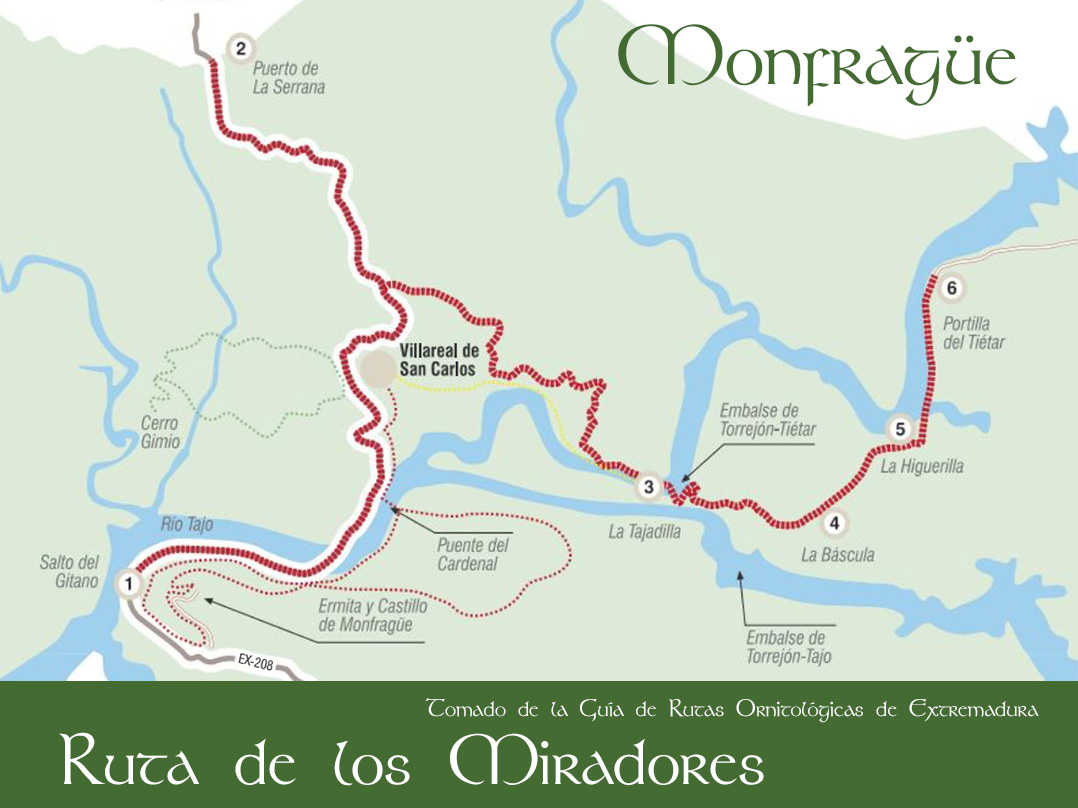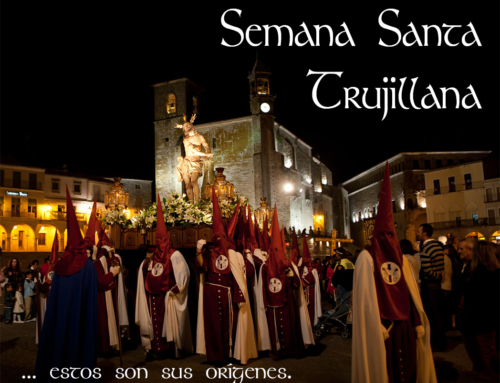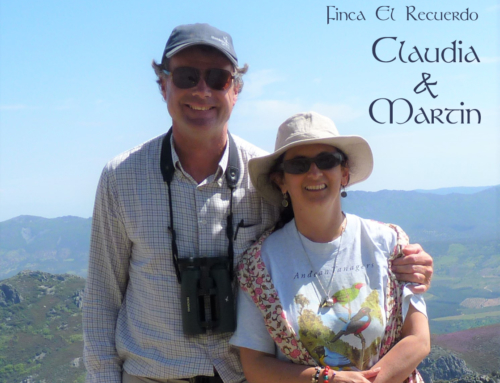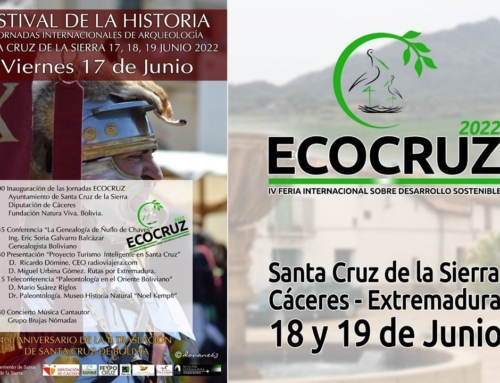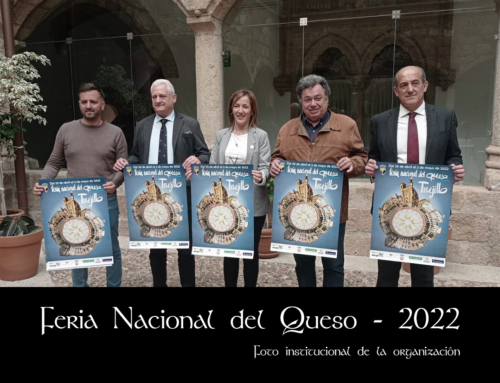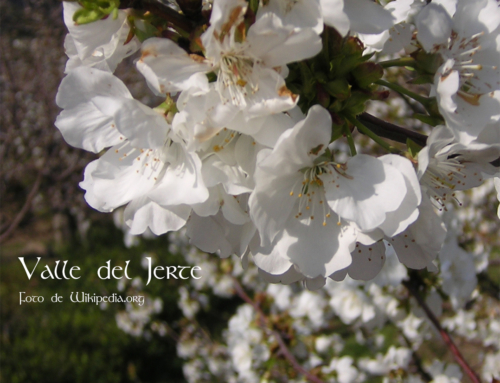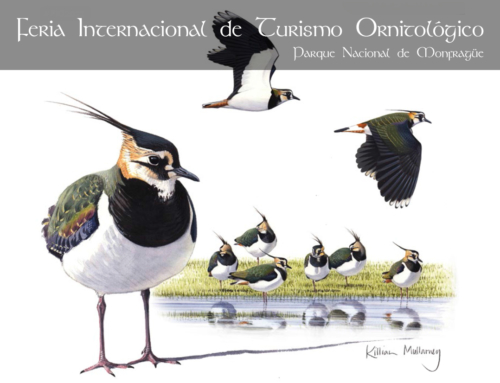Visiting Monfragüe is not complicated. It has few roads with good signaling. There is only one small town; Villarreal de San Carlos, which is a district of the town of Serradilla. Villarreal is home to the park’s visitor and interpretation centers. The park has 3 access roads: the EX-208 that comes from Plasencia entering from the north, the same EX-208 that enters from the south coming from Trujillo and a small road that leaves in northeast direction 200m from Villarreal de San Carlos and goes to the EX-A1 motorway at the Tietar river.
Most of the park is closed to visitors, the area of public use being relatively small. However, the areas that can be visited offer the best of Monfragüe’s birds. Moreover, these are places prepared as viewpoints, some of them with parking and an area to eat and rest, and all of them on the same roads.
Eventually, the species that can be seen in the different places depend on the time of year and which year it is, since being a biological event, it is subject to a natural dynamic that is usually cyclical. So, the main viewpoints of the Park are:
- El Salto del Gitano (Peña Falcón): The most comfortable access is from Trujillo and it is a majestic rocky cliff that is home to more than 100 pairs of griffon vultures, sometimes up to 400 specimens come together. The princess of the park, the black stork, has between 2 and 5 pairs, and of course, you can see many more species, among which is the queen of the air: the imperial eagle, the Bonelli’s eagle, the peregrine falcon, the Egyptian vulture and the eagle owl.
- La Serrana: Coming from Plasencia, you will find this viewpoint where you can see griffon vultures and Egyptian vultures, mainly.
- La Tajadilla: Without a doubt, the best equipped viewpoint. It has an observatory suitable to be able to observe the other side of the river. In recent years, black storks and kaffir swift have appeared. You have to keep in mind the time of year to visit this viewpoint and also be careful with the deer that come down looking for food.
- La Báscula: Without a doubt, this is the best place to observe the black vulture. Hopefully the imperial eagle can also be seen.
- La Higuerilla: This viewpoint offers a wonderful panoramic view of the Tiétar River and you can see black storks and Egyptian vultures. On the other shore, black vultures breed as well.
- Portilla del Tiétar: Finally, leaving the park, though of modest dimensions, is the last observation point. Here the stars are the royal owls. If you are patient, you can also observe vultures and Egyptian vultures.
Exiting through the Portilla del Tiétar is a good idea because you can see pastures with a lot of deer along the way and irrigated crops with colonies of white storks, the screaming cranes, the royal finch and other seasonal birds.
Remember that throughout the region it is convenient to drive slowly and respectfully for the birds and fauna and because you never know when a deer or wild boar might cross the road and beleive it or not, it would destroy your car. Especially at night when they are paralyzed when the lights of the vehicle hit them in the eyes when crossing the road.
